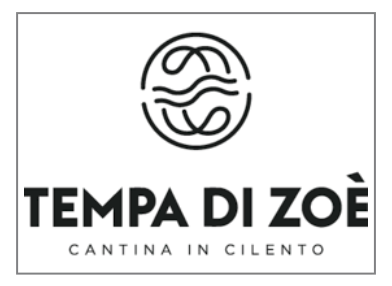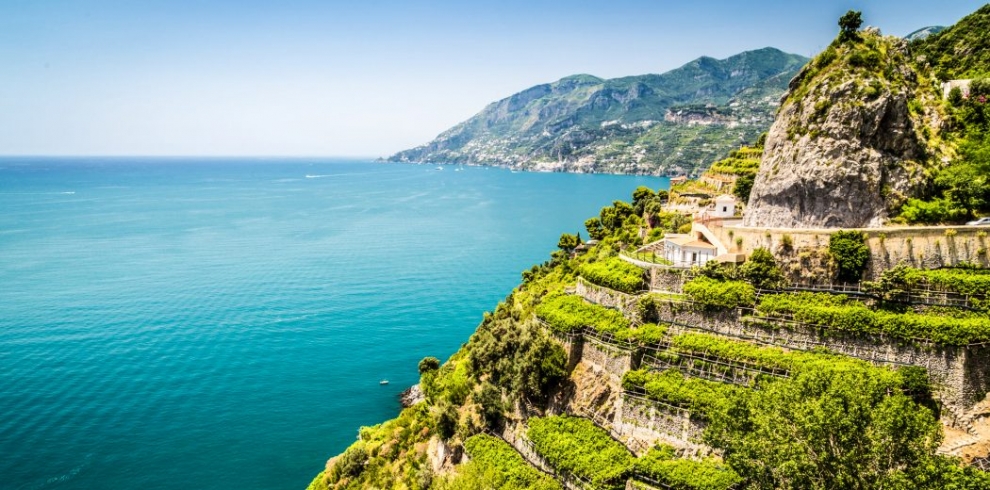Wines
Fiano Asterias igt
Asterìas means starfish in Greek. It is the company’s first white wine, and is made from Fiano grapes. The star symbolises guiding light, but it also speaks of the inspiration that comes from Monte Stella, a massif in Cilento National Park that towers 1131 metres above sea level. Its peak looks down on our vineyard, nestled between the mountain and the Tyrrhenian Sea.
| Denomination | Campania Fiano IGT. |
| Grapes | Fiano. |
| Fermentation | Alcoholic fermentation and maceration in stainless steel tanks. |
| Maturation | 11 months between steel tanks (60%) and 10 hl oak barrels (40%). |
| Aging | At least 2 months in bottle. |
| Organoleptic Examination | Generous and sapid Fiano, fruity impact of grapefruit and white peach, nuances of chamomile and honey, fresh palate, very long sapidity with a perfect combination nose-mouth. |
| Food Pairings | It pairs excellently with baked fish or salt crusted fish. Ideal with both first dishes or second courses but also with fresh cheeses. |

Tempa di Zoe
The name Tempa di Zoè refers not only to a physical place; it is, above all, a declaration of intent. “Tempa” is the word for the rolling hills of Cilento that stretch down to the sea from north to south. Zoè is the Greek word for the essence of life, the universal principle common to the animal, vegetable and mineral worlds.
Tempa di Zoè’s new project, Quattro Vigne – “four vineyards” – is founded on the work of four partners: the Campania winery Feudi di San Gregorio, Francesco Domini, Vincenzo D’Orta and Bruno De Conciliis.
They are united by the single goal of calling new attention to a land that is naturally excellent for wine: Cilento. This wine carries on the work begun by D’Orta and De Conciliis, now involving Feudi di San Gregorio and Francesco Domini, himself
intimately tied to Cilento, the land of his birth.

Campania
The ancient heritage of its vineyards and a great respect for tradition hold the key to Campania’s success in the world of wine. Instead of seeking out international markets by planting Cabernet Sauvignon, Merlot and Chardonnay, Campania’s winemakers have stayed true to their proud heritage of indigenous grapes that best reflect Campania’s terroir.
Campania’s wines were first enjoyed by the Romans whose proud tradition of producing Falernian from Aglianico grapes around Naples was reflected in other parts of the region.
They also produced a white wine that is thought to be related to the modern Falanghina. Wines made around Vesuvius and Avellino were similarly revered. Sometimes known as "The Barolo of the South", Taurasi and other exceptional reds from Falerno del Massico reflect the sheer potential of the grape. About 75% of Campania’s production is now DOCG, DOC and IGT wines.



